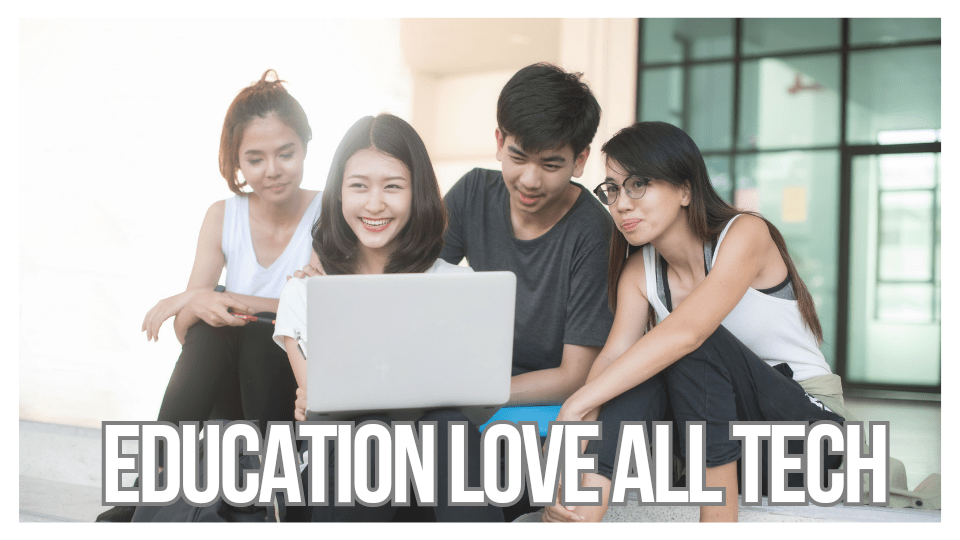How Education Loves All Tech
Introduction
Imagine a classroom where interactive digital boards replace blackboards, Education Loves all Tech where every student has access to personalized learning experiences through their devices, and where learning is not confined to the walls of a school. This is not a glimpse into a distant future; it’s the present reality of how education embraces all forms of technology.
The Evolution of Technology in Education
The journey of technology in education has been remarkable. From the days of slate boards to the advent of computers and now to the integration of AI and VR into learning, the transformation has been revolutionary. The primary driver? An unyielding belief in the power of technology to enhance learning experiences and outcomes.
Current Trends in EdTech
Today, we’re witnessing an unprecedented integration of technology in education. Interactive learning apps, educational software, and online resources offer diverse learning materials that cater to different learning styles. These tools not only make learning more engaging but also more accessible, breaking geographical and physical barriers.
Case Studies and Success Stories
Consider the story of a rural school in Kenya that introduced tablets loaded with educational content, significantly improving literacy rates. Or the use of virtual reality in a Californian school to take students on virtual field trips to the pyramids of Egypt, bringing history to life.
Challenges and Considerations
However, the path to integrating technology in education is not without challenges. Issues of digital divide, training for educators, and ensuring screen time is balanced and healthy are crucial considerations. The key lies in a balanced approach, one that harnesses the benefits of technology while being mindful of its challenges.
Conclusion
As we stand at the crossroads of education and technology, it’s clear that the love affair between the two is not just beneficial but essential for the future of learning. By embracing technology, education is set to transcend traditional boundaries, offering limitless possibilities to learners worldwide. Read More!
FAQ About Education Loves All Tech
Q1: How is technology transforming traditional classrooms?
A1: Technology is revolutionizing traditional classrooms by introducing digital learning tools, interactive content, and personalized learning experiences. It’s enabling teachers to create more engaging, diverse, and adaptive teaching methods, making education more accessible and efficient.
Q2: What are some of the latest trends in educational technology (EdTech)?
A2: Current trends in EdTech include the use of artificial intelligence for personalized learning, virtual and augmented reality for immersive learning experiences, gamification to increase student engagement, and cloud computing for easier access to educational resources.
Q3: Can technology in education help with personalized learning?
A3: Absolutely. Technology enables personalized learning by allowing educators to tailor educational content to each student’s learning pace, style, and interests. This leads to a more effective and engaging learning experience.
Q4: What are the benefits of integrating technology into education?
A4: The benefits include enhanced student engagement, improved accessibility to resources, personalized learning experiences, and the development of digital literacy skills which are essential in today’s digital world.
Q5: Are there challenges in integrating technology in education?
A5: Yes, challenges include ensuring equitable access to technology, providing adequate training for educators, managing screen time effectively, and protecting student data privacy.
Q6: How can schools ensure a balanced approach to using technology in the classroom?
A6: Schools can ensure a balanced approach by combining traditional teaching methods with technological tools, providing training for teachers, involving parents in the digital learning process, and setting guidelines for healthy screen time.

